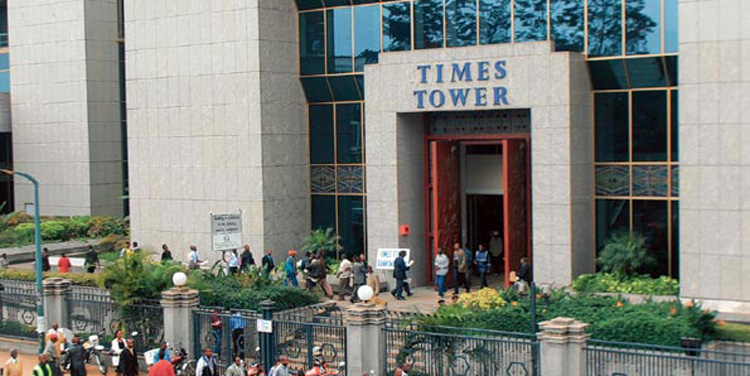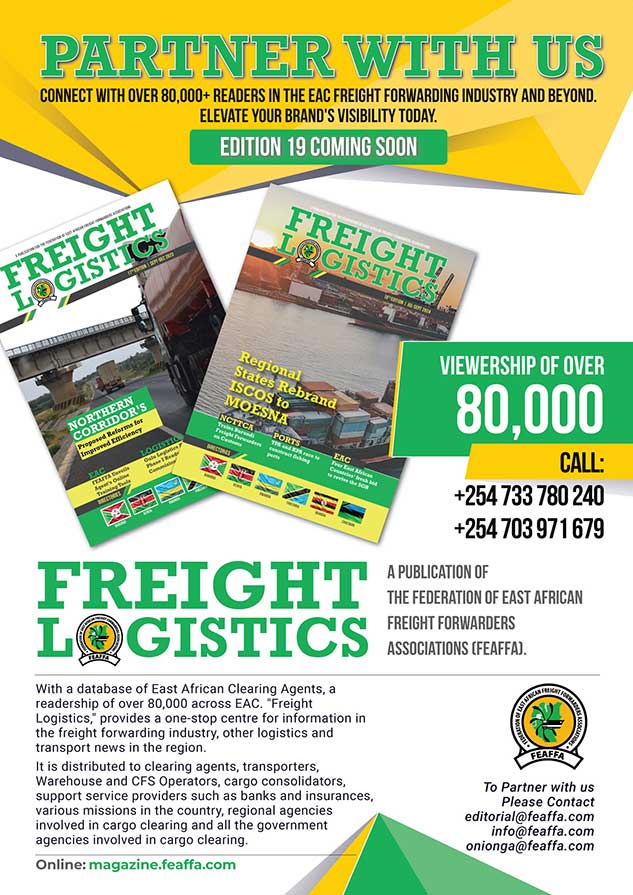Kenya Revenue Authority’s (KRA) Customs and Border Control (C&BC) Department registered an impressive revenue growth of 11.1% for the 2024/2025 financial year—more than double the previous year’s 4.9% growth rate—collecting Kshs. 879.329 Billion. This performance represents a remarkable 105.9% achievement of the annual revenue target, translating to an average daily collection of Kshs. 3.546 billion.
Commissioner of Customs and Border Control, Dr. Lilian Nyawanda, described the achievement as “a testament to the resilience of our systems and the dedication of our enforcement and facilitation teams.” She added, “Our focus on tightening enforcement while enhancing legitimate trade has paid off.”
The growth was largely driven by non-oil taxes, which surged by 10.3% to Kshs. 541.053 billion, and Oil Taxes, which expanded by 12.5% to Kshs. 338.276 billion. Customs revenue performance peaked in the third quarter, achieving 109.2%, with January 2025 marking a historic monthly collection of Kshs. 82.554 billion and a performance rate of 121.1%.
“Our performance in January alone speaks volumes about the momentum we have built,” noted Dr. Nyawanda. “We are seeing sustained growth, particularly from key sectors like agriculture and steel.”
Import duty collections soared by 18.3% to Kshs. 157.870 billion, fueled by 67% and 39% growth in the agriculture and steel sectors, respectively. Excise Duty rose by 11.6% to Kshs. 125.300 billion.,
Railway Development Levy (RDL) revenues grew by 15.0% to Kshs. 36.820 billion, while Road Maintenance Levy (RML) collections recorded a sharp 50.9% rise to Kshs. 119.662 billion, following the adjustment of the levy from Kshs. 18 to Kshs. 25 per liter. Oil volumes similarly increased by 13.0% over the financial year, with significant growth noted in petrol (10.7%), diesel (13.8%), and other oil products (13.7%).
Dr. Nyawanda highlighted policy interventions as key drivers, noting, “A 37.4% reduction in import exemptions—particularly on sugar, rice, and cooking oil—gave a significant boost to our non-oil revenue collections.”
Enhanced enforcement efforts saw KRA intercept illicit goods worth Kshs. 549 million by June 2025. “Through advanced cargo scanning, data analytics, and sharper risk profiling, we’re tightening the noose on smugglers,” said Dr. Nyawanda. A major seizure involved over 40,000 liters of smuggled ethanol disguised as molasses.
Revenue performance surged in the Western and Rift Valley regions, where collections more than doubled, growing by 122% and 117%, respectively. Ports and bonded warehouses also posted solid growth rates of 15% and 17%.
“Our strategy of cracking down on contraband and closing loopholes—while easing legitimate cargo clearance—has created a win-win for the economy,” Dr. Nyawanda explained.
Targeted enforcement on motor vehicle imports yielded a 0.8% revenue increase per vehicle.
In trade facilitation, centralized clearance processes cut average cargo clearance times by 62%, from 110 hours to just 42 hours. To further strengthen Kenya’s trade links with South Sudan, Ethiopia, and Uganda, KRA established three trade facilitation centres in Kainuk, Lodwar, and Kakuma in Turkana County.
“We are not only enhancing revenue but also cementing Kenya’s position as a regional trade hub,” Dr. Nyawanda affirmed.
This article was published by Githua Kihara, an editorial consultant for FEAFFA’s Freight Logistics Magazine. For any inquiries, please contact us via email at editorial@feaffa.com or freightlogistics@feaffa.com, or reach out to Andrew Onionga directly at onionga@feaffa.com / +254733780240.





